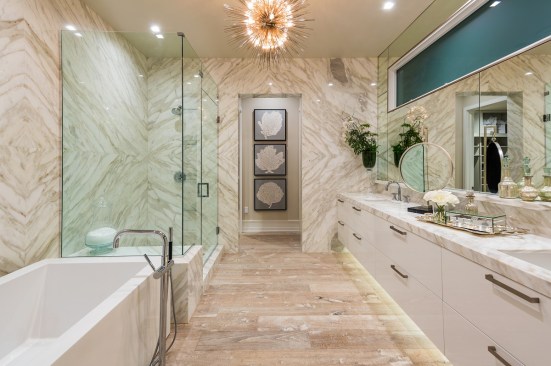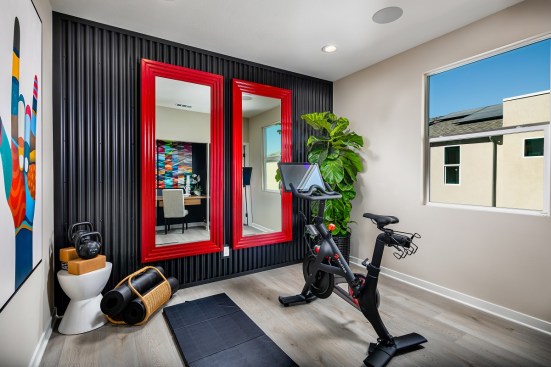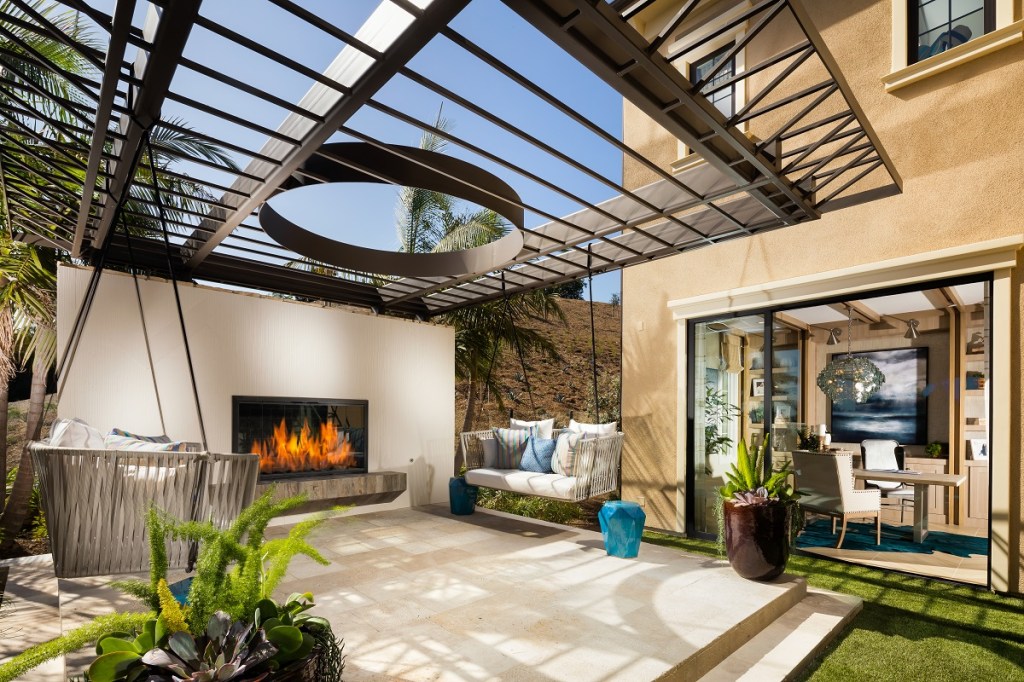Editor’s note: This is the second installment in a series stemming from the third wave of the America at Home Study.
One of the most important considerations for architects is how people feel in the spaces they create. When we approach any project, be it multifamily or single-family home design for builder clients or community planning with developers, we dig deeper than demographics to understand the needs and wants of the people we create for. What matters to them? How does their life happen in the spaces in their homes and community?
The third wave of the America at Home Study last October was our first post-pandemic look at people’s behaviors and attitudes about home and community. We saw firsthand how shifting attitudes and declining satisfaction with various elements of personal well-being will impact home design going forward.
We feel less well than in 2020, and it’s more important than ever.
Coming out of the pandemic, people feel less well than they did two years ago, in some cases significantly so. According to the Centers for Disease Control and Prevention, up to 85% of our health outcomes can be attributed to the built environment—the physical environment itself and the social connections it fosters, the lifestyle and health behaviors encouraged, and our access to medical care. Those of us who design homes and communities have an outsized role to play in helping people live healthier, better lives.
Last October, we learned what level of importance people place on various domains of wellness in their lives and their personal satisfaction with each. While the level of importance for each domain of wellness rose—indicating wellness is more important than ever—satisfaction levels have plummeted since 2020, in some cases in the high double digits. This is concerning not just for our industry, but the economy and society overall. It makes us realize even more what an important role we as designers play in creating homes that make people feel better.
| Wellness Domain | Level of Importance Oct. 2022 | Satisfaction in Achieving This Oct. 2022 | Gap in Importance vs. Satisfaction Oct. 2022 | Decline in Satisfaction 2022 vs. 2020 |
| Emotional | 89% | 65% | (24%) | (8%) |
| Financial | 86% | 54% | (32%) | (11%) |
| Mental | 85% | 66% | (19%) | (7%) |
| Physical | 83% | 49% | (34%) | (17%) |
| Environmental | 73% | 55% | (18%) | (3%) |
There are generational differences as well and nuanced differences within each generation. Millennials have the biggest gaps between importance and level of satisfaction with their emotional and mental well-being. Gen X and boomers feel the biggest gaps in their physical and financial well-being.
Wellness is a design driver.
When asked “what are you most hopeful for?” in Wave 3 of our study, “a better, healthier me” ranked second at nearly 40%, behind “my immediate family.” So our challenge and opportunity as architects and designers is to take wellness as seriously as meeting density targets, street appeal, and overall livability of the homes we create.
Wellness features in the home are more than “nice to haves.” Every one of the top five ranked features consumers say are missing in their current homes and that they are willing to pay for in their next homes are related to wellness. And we see alignment between these features and the routines and behaviors at home that may have started during the pandemic and continue today.

Courtesy DAHLIN
Ranked No. 1 by 42% of respondents: A better equipped kitchen for cooking
A kitchen that supports easy, healthy eating and can flex for family time, social connection, and entertaining, not just a “show kitchen” but one that works, is exceptionally important. Nearly half of survey respondents said they are “cooking and baking” more. The kitchen is even more important to boomers than other generations, especially kitchens that work best for cooking and a whole lot more. What if we challenged the triangle and created a central workspace where social sightlines and flexible seating supported shared time together?
Ranked No. 2 by 36% of respondents: Greater technology/energy efficiency
“Climate change” ranked No. 3 on respondents’ list of things they worry about, behind inflation and jobs/economy—the highest we have ever seen. Fully 65% said “a home that conserves energy” is very important to their personal wellness, 54% said “a home that conserves water.” The long-term operating costs of the home are as important as the initial purchase price and supports overall financial well-being as well. The latest data showed an increase in people more willing to accept smaller homes and smaller yards. Efficient and livable space design is as important as the health and wellness technologies we put into the homes.
Ranked No. 3 by 29% of respondents: Home gym/fitness space
Second only to “online shopping,” 44% of respondents said “exercising at home” is a pandemic-inspired routine they expect to keep. Even with the new normal, this number has stayed the same from 2020 to 2022. A home gym doesn’t need to take over a secondary bedroom. In fact, it shouldn’t. Supporting fitness in the home is about using square footage where it counts, in purpose-built spaces that can be small but have access to natural light, the ability to open a door or window, include flexible storage for weights, mats, and maybe even has some soundproofing so an early riser or night owl can get a workout in without disrupting others.
Ranked No. 4 by 28% of respondents: Expanded/better storage
Designing spaces and solutions that help people reduce clutter and offer ample storage for online shopping supports stress reduction and overall mental well-being. This is critical for Millennial buyers who are both time and space-stressed and struggle more than others with mental and emotional well-being. No dead corners. We can reclaim extra, valuable storage spaces in entries, kitchens, bathrooms, under stairs, in edges within garages—these can be the differentiators for some buyers.
Ranked No. 5 by 27% of respondents: Wellness spa/bath
A wellness spa/bath was a key purchase motivator for single buyers of all ages, especially both millennials and younger boomers. Comfort, decompression, personal time, and mindfulness are key to wellness—physical and mental—and more important than ever. As homes get smaller, this is one area that some buyers place real value on. For designers and architects, our opportunity is to understand who and why, and bring new spa-like, efficient solutions to life so these buyers can see themselves living in our homes.

Courtesy DAHLIN
People will pay for wellness.
Since the early days of green home building and the advancement of healthy home and energy-efficient technologies, the story we’ve believed is home buyers don’t value them enough to pay for them. And doing their part to save the planet hasn’t historically encouraged people to spend real dollars either. The convergence of a global health pandemic and the continued improvement and mainstreaming of some of these technologies has changed all that. People have realized firsthand the impact their homes have on their well-being.
There are generational differences.
When we asked 3,000 survey respondents why they placed importance on wellness features and technology in their homes, improving their health and wellness and saving money were tied for the top spot:
- Improves my health and wellness: 43% (younger boomers, 46%; and older boomers, 46%)
- Saves me money: 43% (millennials, 45%; and Gen X, 46%)
- More comfortable home: 35% (older boomers, 40%)
- Conserves energy: 35% (older boomers, 40%)
- Preserves the environment: 19%
- Improves home resale value: 10%
- Better, durable construction: 7%
Inevitably during the design process, trade-offs and value-engineering occur. Making decisions about what to leave in and what to take out should also be made through the lens of wellness. Who is the buyer? Do you know what they want and place value on? How will each space, design element, system, or home technology support their well-being? Some say, “health is the new wealth.” Perhaps more important for those involved in designing and creating new homes and communities is “health is the new why.”



